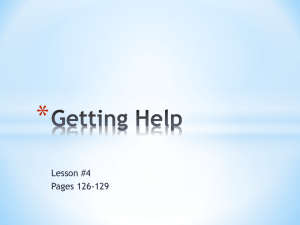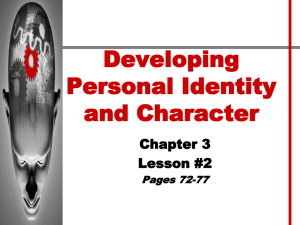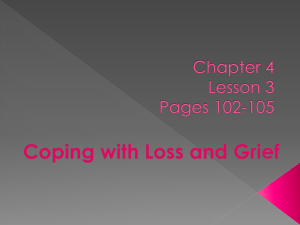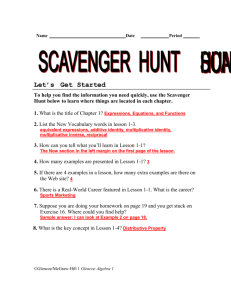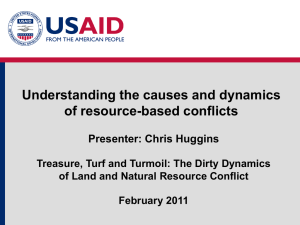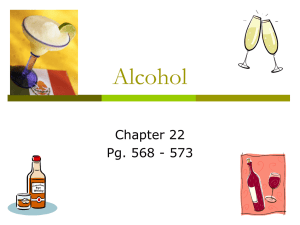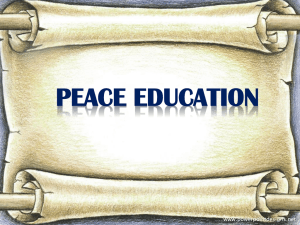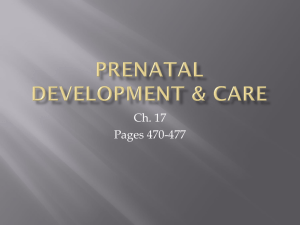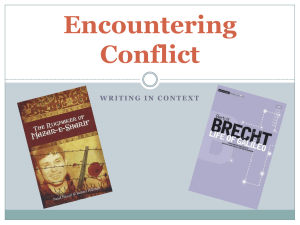results of conflict
advertisement
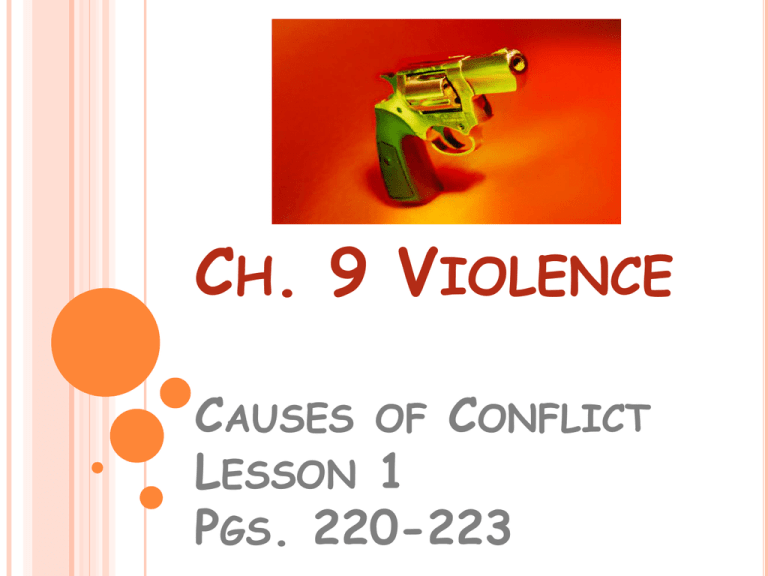
CH. 9 VIOLENCE CAUSES OF CONFLICT LESSON 1 PGS. 220-223 IPAD VOCABULARY 1. 2. 3. 4. 5. 6. 7. Open: iSwifter APP Open the Bookmark and choose: Organize Open: Glencoe web link Drop Down: “Chapter Activities” Choose: “Chapter 9” Open: “Interactive Study Guides” Open: “Lesson #1” http://glencoe.com/sites/common_assets/health_fitness/ glencoe_health_09/isg/GH_ch09.1_550x480.swf PERSONAL SAFETY Objective 1: Identify and describe the common causes of conflict. Objective 2: Describe possible results of conflict Objective 3: Evaluate ways to prevent conflict. UNDERSTANDING CONFLICTS Conflict: Any disagreement, struggle, or fight. These may range from mild (trivial) to very serious or even deadly. Interpersonal Conflicts: Conflicts between people or groups of people. Example; democrats & republicans. Internal Conflicts: Take place within the individual. Example; friends birthday party & sisters championship game. Escalate: To become more serious. List with a partner some things people do or say to escalate a conflict. NEXT, List some common causes of conflict. COMMON CAUSES OF CONFLICT Power Struggles: Common with parents. What are some examples?? Personal Loyalties: Ex; angry with best friend for not taking his/her side. Jealousy & Envy: Ex; Friend starts dating a boy/girl that they like. What are some more examples?? Property Disputes: Ex; Upset with brother/sister for taking something of theirs without asking. Conflicting Attitudes & Values: One friend wants to go to a party where there is alcohol and the other does not because there is alcohol there. Lack of Respect: What are some examples?? RESULTS OF CONFLICT Learning how to manage conflicts and deal with them before they get out of hand will strengthen your health. Positive results of conflict: Help people improve communication and problem solving skills Improve social health by teaching them how to get along with other peoples opinions Can strengthen relationships Negative results of conflict: Major source of stress May harm your emotional and social health if they lead to anger, frustration, fear, and emotional pain In the worst case, can lead to violence; resulting in injury or even death PREVENTING CONFLICT If you know a person who is always trying to upset you, avoid them. If you get into a minor disagreement with someone, remind yourself that the argument isn’t that important in the long run. If you have a friend that owes you money, remind them that we have an ATM at school or have them buy you lunch. ACTIVITY: With a partner, write down/discuss a conflict you had/have that is not resolved (or could have been resolved better). NEXT: What could have been done to prevent the conflict or to prevent it from escalating? RESOLVING CONFLICTS: POWER OF APOLOGY 1. 2. 3. 4. 5. 6. Open: iSwifter APP Open the Bookmark and choose: Organize Open: Glencoe web link Drop Down: “Chapter Activities” Choose: “Chapter 9” Open: “Student Web Activity Lesson 1” Student Web Activity: with a partner, discuss each question and answer the questions together. Be prepared to defend your answers. http://glencoe.mcgrawhill.com/sites/0078913284/student_view0/unit3/chapter9/student_web _activities__lesson_1.html SHOW VIDEO Pass out worksheet, “Violence Prevention, Don’t be a victim” Show video titled, “Violence Prevention, Don’t be a Victim” 30 mins. If asked for a password, type in “HEALTH”
